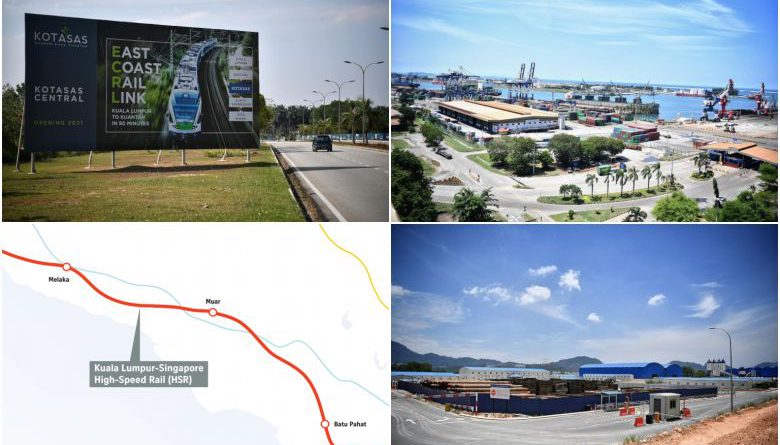Malaysians hopeful about Kuala Lumpur-Singapore high-speed rail despite delay
Carrying a basket of snacks and a hot drink under one arm and her 18-month-old granddaughter under the other, Malaysian housewife Munitha Rajugopal hauls herself up the steel steps to board the state-run Keretapi Tanah Melayu (KTM) train from Paloh, a small town in Johor where oil palm and rubber trees tower over houses and shops.
Three hours later, she arrives in Johor Baru, where her son works and lives. “The train is very slow. It’s faster to take the bus but also unsafe. Some drivers think they are in an F1 race. Hopefully, Malaysia will have a faster train service soon and tickets won’t be too expensive,” the 48-year-old told The Sunday Times.
Like Ms Munitha, some train commuters have been looking forward to the Kuala Lumpur-Singapore High-Speed Rail (HSR) service, which promises to move them between Bandar Malaysia, a property development in Kuala Lumpur, to Jurong East in Singapore in just 90 minutes.
When Mr Mohamad Naim Shah Mohd Fauzi left his hometown in Taiping, Perak, to attend a job interview with the Royal Malaysian Navy in Johor Baru last week, he told his family not to expect him to return home in the next six months.
The 22-year-old said he will have to undergo training at the navy’s recruit training centre in Johor if he is selected, and spending 14 hours on the Keretapi Tanah Melayu (KTM) train to return to the northern Malaysian state during the weekends will not be practical. “Travelling back and forth will take up the entire weekend so, why bother?” Mr Naim told The Sunday Times.
When he was previously working at a hypermarket in Shah Alam, Selangor, he would return home once every two to three months.
Temerloh town sits at the confluence of two big rivers and is known in Malaysia for its delicious curry dish of ikan patin (silver catfish).
The sleepy Pahang town was, until recently, also in line for an economic boost, as one of the 24 proposed stops on the East Coast Rail Link (ECRL) that would have connected the country’s less-developed east coast states to the richer west coast.
“Imagine Temerloh’s silver catfish transported by rail to other cities,” said Mr Rozlan Manaf, 54, a director at a Proton car dealership in the town of fewer than 200,000 people.
The coastal road leading to Kuantan Port is lined with quarries and factories, with the handful of passing trucks giving scant indication that this Malaysian harbour had lofty ambitions of becoming a major gateway for trade between the East and the West.
Two years ago, it was earmarked as the eastern point of the East Coast Rail Link (ECRL) “land bridge” that would transport shipped goods from Europe and Asia across the Malaysian peninsula, bypassing Singapore.
It had planned to spend over RM4 billion (S$1.3 billion) in preparation, to reclaim 87ha of land and build a new deepwater terminal that would expand its facilities.
Source: TheStraitsTimes


